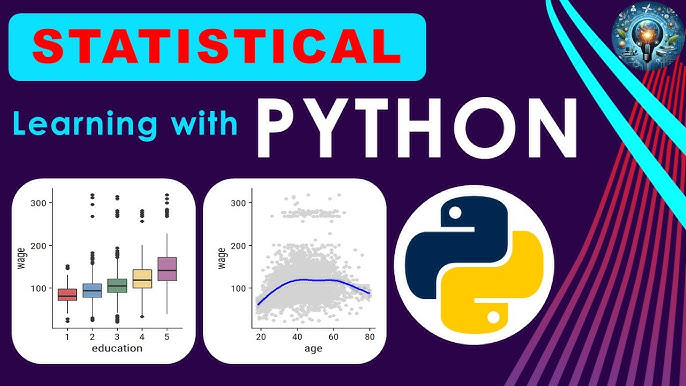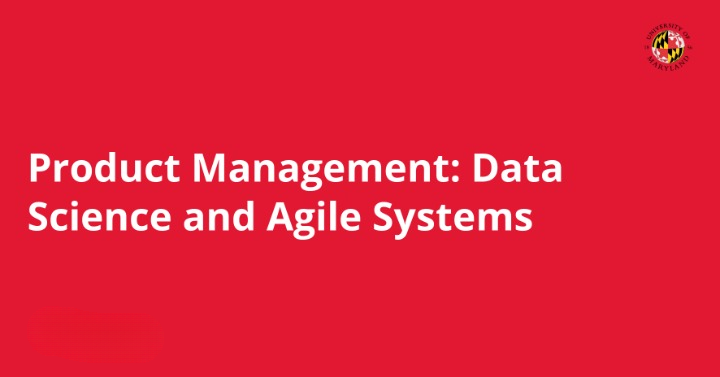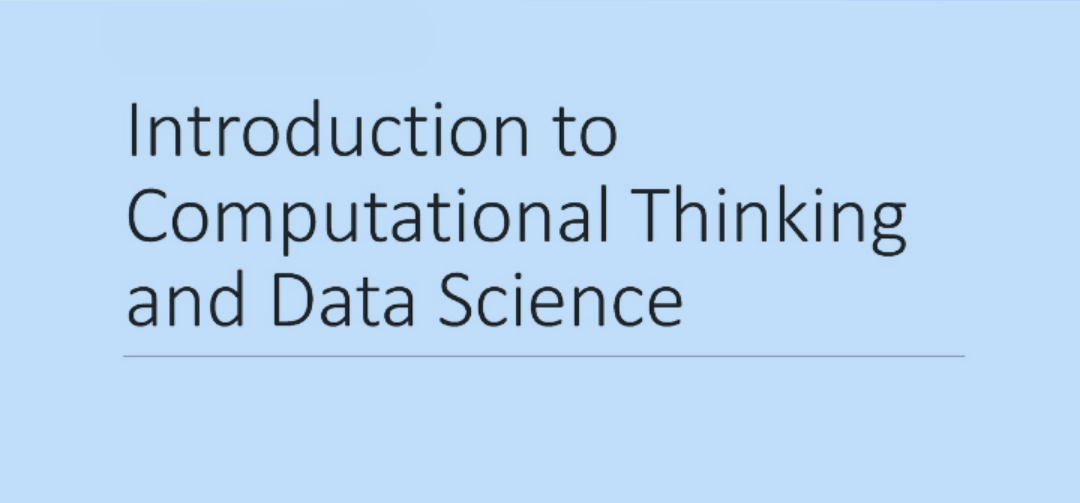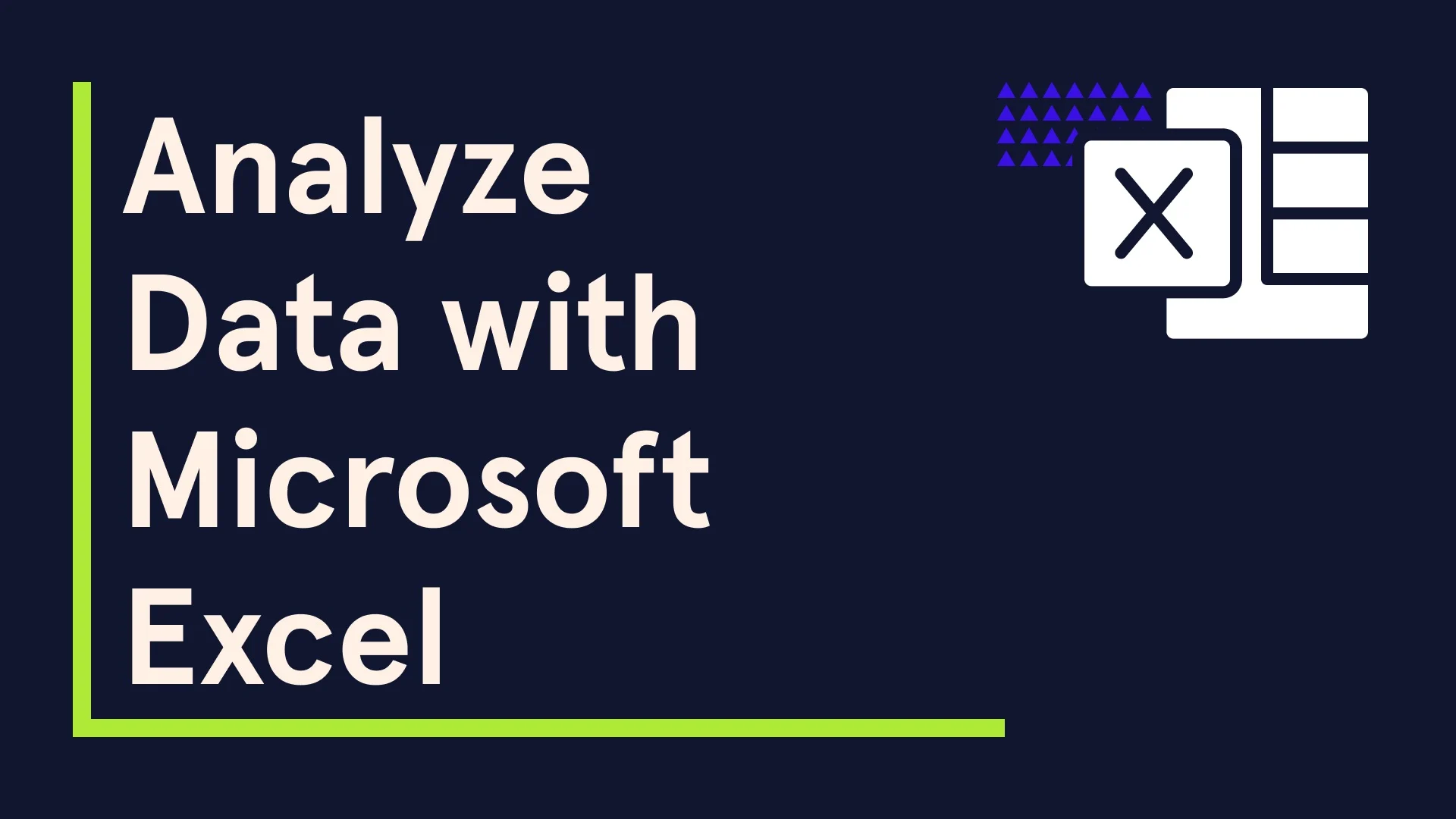Description
This is an introductory-level course in supervised learning focusing on regression and classification methods. The syllabus includes linear and polynomial regression, logistic regression, and linear discriminant analysis; cross-validation and the bootstrap; model selection and regularization methods (ridge and lasso); nonlinear models, splines, and generalized additive models; tree-based methods, random forests, and boosting; support-vector machines; neural networks and deep learning; survival models; and multiple testing. Some unsupervised learning methods are discussed: principal components and clustering (k-means and hierarchical).
This is not a math-heavy class, so we try to describe the methods without heavy reliance on formulas and complex mathematics. We focus on what we consider to be the essential elements of modern data science. Computing in this course is done in Python. There are lectures devoted to Python, giving tutorials from the ground up and progressing with more detailed sessions that implement the techniques in each chapter. We also offer a separate and original version of this course called Statistical Learning with R – the chapter lectures are the same, but the lab lectures and computing are done using R.
Modules
Here’s a structured outline for the Statistical Learning with Python module:
1. Introduction to Statistical Learning
- Overview: Define statistical learning, its importance, and applications in data science and machine learning.
- Types of Statistical Learning: Supervised vs. unsupervised learning.
- Python Setup: Brief introduction to essential libraries (NumPy, Pandas, Scikit-Learn, Matplotlib, and Seaborn).
2. Exploratory Data Analysis (EDA)
- Data Cleaning: Handling missing values, outliers, and data normalization.
- Data Visualization: Using Seaborn and Matplotlib for distribution plots, scatter plots, and heat maps.
- Correlation and Covariance: Understanding relationships within data.
3. Supervised Learning: Regression Models
- Simple Linear Regression: Fundamentals and implementation in Python.
- Multiple Linear Regression: Extending to numerous variables and handling multicollinearity.
- Evaluation Metrics: Mean Squared Error (MSE), Mean Absolute Error (MAE), and R-squared.
4. Supervised Learning: Classification Models
- Logistic Regression: Concepts and applications in binary classification.
- K-Nearest Neighbors (k-NN): Basics and distance metrics.
- Evaluation Metrics for Classification: Confusion matrix, precision, recall, F1-score, and ROC-AUC.
5. Resampling Methods
- Cross-Validation: Importance of cross-validation and K-fold cross-validation implementation.
- Bootstrapping: Understanding and applying bootstrapping to estimate model accuracy.
6. Regularization Techniques
- Ridge and Lasso Regression: Reducing overfitting through regularization.
- Elastic Net: Combining Lasso and Ridge for feature selection.
7. Unsupervised Learning: Clustering
- k-Means Clustering: Concepts, implementation, and choosing the optimal number of clusters.
- Hierarchical Clustering: Agglomerative clustering and dendrograms.
- Principal Component Analysis (PCA): Dimensionality reduction for visualization and computational efficiency.
8. Feature Selection and Dimensionality Reduction
- Feature Selection: Using recursive feature elimination (RFE) and other methods.
- Dimensionality Reduction: Applying PCA and t-SNE for effective visualization.
9. Advanced Topics
- Ensemble Methods: Introduction to bagging, boosting, and random forests.
- Model Tuning: Hyperparameter tuning with GridSearchCV and RandomizedSearchCV.
- Pipeline Creation: Building and automating ML pipelines.
10. Project and Practical Applications
- Capstone Project: Applying learned techniques on a real-world dataset.
- Case Studies: Real-life applications of statistical learning, like predictive maintenance, customer segmentation, etc.






Chinyere –
“This course has been incredibly valuable in my journey to master data science. The comprehensive curriculum, coupled with hands-on coding exercises, provided a deep understanding of statistical learning concepts. The projects allowed me to apply my knowledge to real-world scenarios, giving me practical experience and boosting my confidence. The instructor’s clear explanations and supportive guidance made the learning process enjoyable and efficient. I highly recommend this course to anyone looking to enhance their quantitative skills in Python.”
Nneka –
“This online course is truly exceptional! The instructor’s clear explanations and engaging examples made complex statistical concepts easy to grasp. The hands-on exercises in Python reinforced my understanding and helped me develop practical skills. I was amazed at how quickly I progressed and gained confidence in my ability to analyze data using Python. Highly recommended for anyone looking to enhance their statistical and programming knowledge.”
Malami –
“This Statistical Learning with Python course revolutionized my data analysis skills. The engaging lectures, hands-on exercises, and comprehensive assignments provided an in-depth understanding of statistical concepts and their practical applications. The instructor’s expertise and clarity made complex topics accessible, empowering me to solve real-world data problems efficiently and confidently.”
Dauda –
“Statistical Learning with Python” was an exceptional online course. The instructors expertly guided me through the intricacies of machine learning with clear explanations and engaging examples. The well-structured assignments provided me with ample opportunities to apply my knowledge, honing my skills in data analysis and modeling. The community forum fostered valuable discussions and a sense of support, enabling me to learn from and collaborate with other aspiring data scientists. Overall, this course empowered me with the confidence and proficiency to tackle real-world data challenges using the powerful tools provided by Python.”
Taiwo –
“This online course has been an incredibly valuable investment for my career. The instructors’ expertise and clear explanations have made statistical learning concepts thoroughly understandable. The hands-on Python labs have allowed me to apply my knowledge directly to real-world datasets. I highly recommend this course to anyone seeking a comprehensive understanding of statistical modeling and data analysis in Python.”